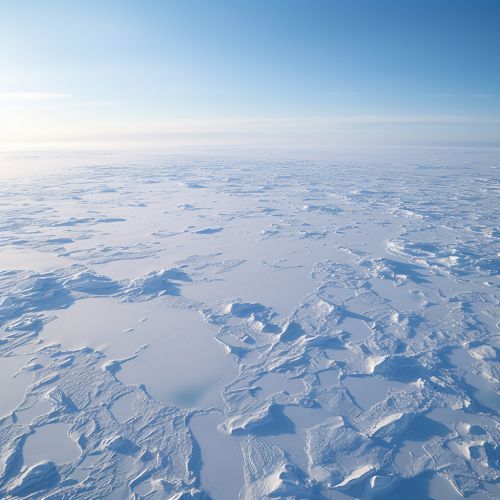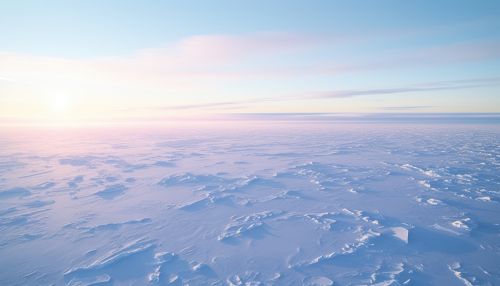The Dynamics of Ice Sheet Stability and Sea Level Contributions
Introduction
The stability of ice sheets and their contributions to sea level rise are key components of the Earth's climate system. The dynamics of these vast bodies of ice, which cover Greenland and Antarctica, are complex and involve a multitude of physical processes. Understanding these dynamics is crucial for predicting future sea level rise and for assessing the potential impacts of climate change.


Ice Sheet Dynamics
Ice sheets are dynamic systems, constantly moving and changing in response to a variety of factors. The primary driver of ice sheet movement is gravity, which causes ice to flow downhill from the interior of the ice sheet towards the coast. This process, known as ice flow, is influenced by the temperature and pressure of the ice, the underlying topography, and the amount of liquid water at the base of the ice sheet.
The rate of ice flow can vary significantly across an ice sheet, with faster flow rates typically observed in ice streams and outlet glaciers. These are regions of the ice sheet where ice flows more rapidly than the surrounding ice, often by an order of magnitude or more. The dynamics of these ice streams and outlet glaciers play a critical role in the overall mass balance of ice sheets and their contributions to sea level rise.
Ice sheets also lose mass through a process known as ice calving, which occurs when chunks of ice break off from the edge of the ice sheet and float away as icebergs. The rate of ice calving is influenced by a number of factors, including the speed of ice flow, the temperature of the ice, and the presence of meltwater and ocean waves.
Ice Sheet Stability
The stability of an ice sheet refers to its ability to maintain its current size and shape over time. A stable ice sheet is in a state of mass balance, with the amount of snowfall in the interior of the ice sheet roughly equal to the amount of ice lost through ice flow and calving at the coast.
However, many factors can disrupt this balance and lead to changes in ice sheet stability. For example, increased temperatures can lead to increased melting at the surface of the ice sheet and at the base of the ice sheet where it comes into contact with the ocean. This can accelerate ice flow and increase the rate of ice calving, leading to a net loss of ice from the ice sheet.
Another key factor influencing ice sheet stability is the configuration of the bedrock beneath the ice sheet. In some areas, the bedrock slopes downwards towards the interior of the ice sheet, a configuration known as a retrograde slope. This can destabilize the ice sheet by allowing warm ocean water to penetrate further inland, leading to increased melting at the base of the ice sheet and potentially triggering a rapid retreat of the ice sheet.
Sea Level Contributions
Ice sheets are a major contributor to global sea level rise. When ice is lost from an ice sheet through ice flow and calving, it adds to the volume of the world's oceans and raises sea levels. This process is known as eustatic sea level rise.
The rate at which ice sheets contribute to sea level rise depends on a number of factors, including the rate of ice flow, the rate of ice calving, and the rate of surface and basal melting. These factors are influenced by a range of climatic and oceanographic conditions, as well as the dynamics of the ice sheet itself.
Current estimates suggest that ice sheets in Greenland and Antarctica are contributing to sea level rise at a rate of around 0.6 millimeters per year. However, this rate is expected to increase in the future as global temperatures continue to rise.
Future Projections
Predicting the future behavior of ice sheets and their contributions to sea level rise is a major challenge. This is due to the complexity of the physical processes involved, as well as the uncertainties associated with future climate change.
Despite these challenges, scientists use a variety of methods to make projections about future ice sheet behavior. These include numerical models that simulate the physics of ice flow and calving, as well as empirical models that use historical data to predict future trends.
Most projections suggest that ice sheets will continue to lose mass in the future and contribute to sea level rise. However, the rate at which this will occur is uncertain and depends on a range of factors, including future greenhouse gas emissions, climatic and oceanographic conditions, and the dynamics of the ice sheets themselves.
